Are you looking for any specific festivals in Spiti Valley to attend in the coming season? Well, let’s look this month by month list of Spiti Valley festivals, and you can make your plans for a road trip to Spiti Valley accordingly.
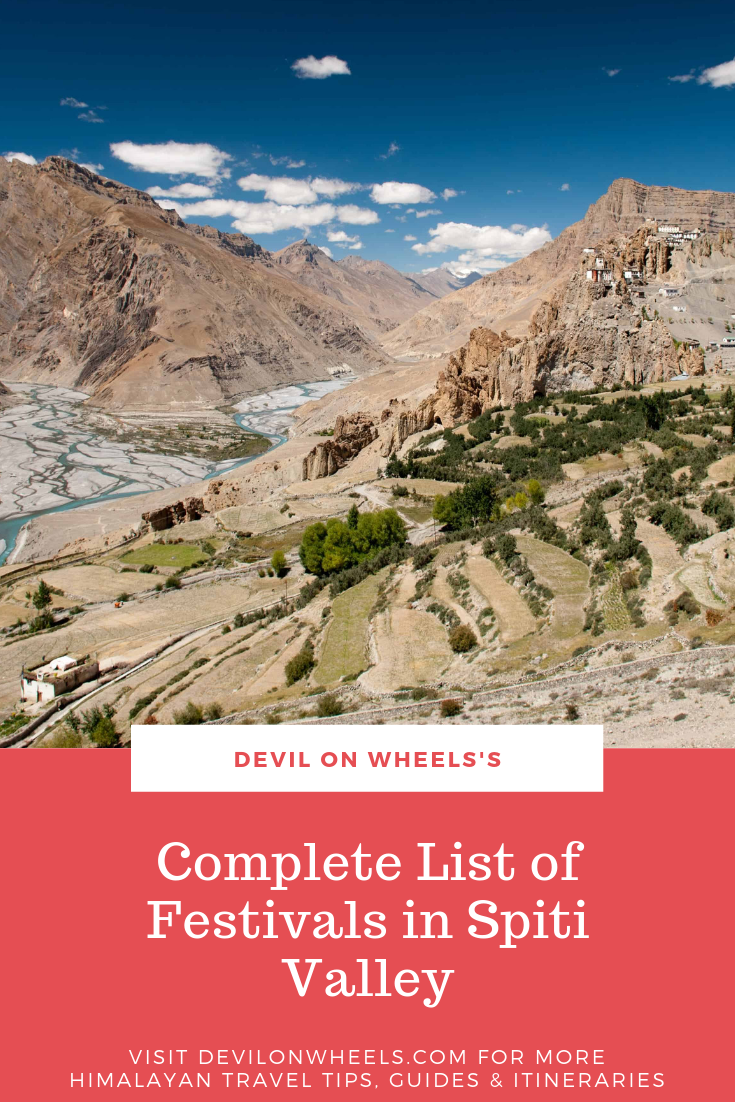
Let's quickly dive into the details:
Festivals in Spiti Valley
Festivals and fairs form an integral part of the Pahadi life. These festivals are how we reflect on the importance of various activities performed. Whether it is changed in seasons, or building up communities – Utsav means the removal of worldly sorrows.
By focussing on what is present and happy, Indians particularly attach a lot of weight to celebrations. Lahaul and Spiti Valley, in particular, have an array of festivals throughout the year.
Here is the list of festivals celebrated in Spiti Valley and Lahaul Valley.
| Festival Name | Month when celebrated |
| 1. Dechhang Festival | December – January in Spiti Valley, April in Lahaul |
| 2. Losar Festival or Halda Festival | February |
| 3. Gothsi / Gochi Festival | February |
| 4. Fagli | February |
| 5. Tsheshu Fair | June |
| 6. Ladarcha Festival / Fair | 17, 18, 19 August |
| 7. Tribal Fair in Keylong | Around 14 to 16 August every year |
| 8. Pauri or Pori Fair | The third week of August |
| 9. Gataur Mela | The fourth week of September |
| 10. Chakhar Mela | The last week of September |
Nurtured with centuries of tradition and is often known as Dev Bhoomi, Himachal Pradesh is steeped with culture. Thus, this place truly understands the importance of celebration. Whether it is celebrating Gods and Goddesses, providing a fun-filled environment for trade, or encouraging sport and events – you’ll witness exceptional community gatherings.
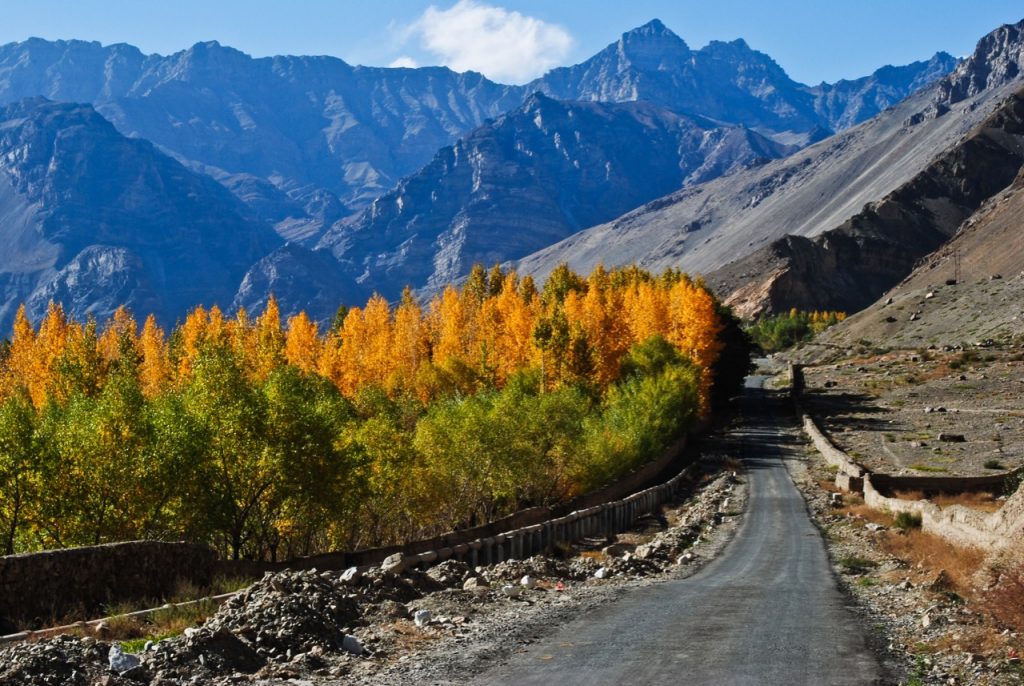
Lahaul and Spiti Valley
An amalgamation of old traditions with enthusiastic acceptance of the day-to-day life, Lahaul, and Spiti has a diverse way to celebrate. The colorful display to showcase its true culture through its many festivals portrays the positivity of the folk here. If you truly want to experience the local life and traditions, enjoy a local fair. The beautiful dance moves, colorful outfits including stunning covers and relishing food will not disappoint.
So, dig in to know how this magical wonderland celebrates.
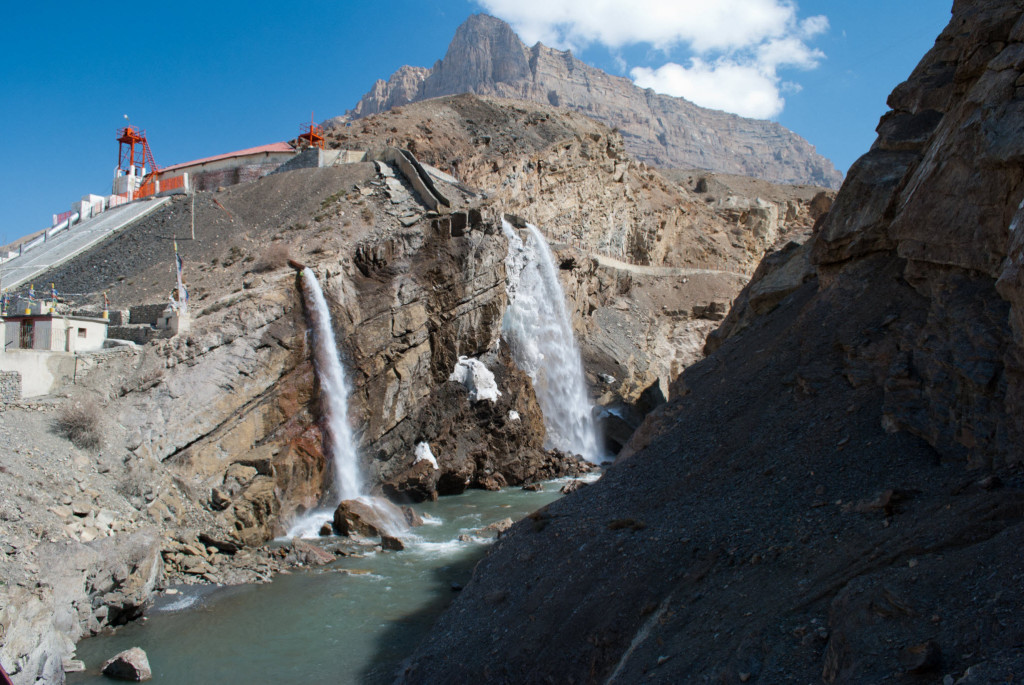
January – March
The winter months in Spiti are cold and filled with snow. Life is usually working at minimal capacity. However, that doesn’t stop the local folk from having a zest for life.
Dechhang Festival
Spiti observes this festival in the height of winter, usually in the months of December – January. And, Lahaul reserves its celebrations for April. Even with extreme weather conditions, the tribal folk makes it a point for community celebrations and a moment of getting together.
The festival is celebrated with gusto- including community bonfires, folk songs, and dance! Usually, the fanfare is minimal, with local folk in attendance. Of course, if you’re in the region during the time – you must go prepared. It is common for the temperatures to be -20 degrees.
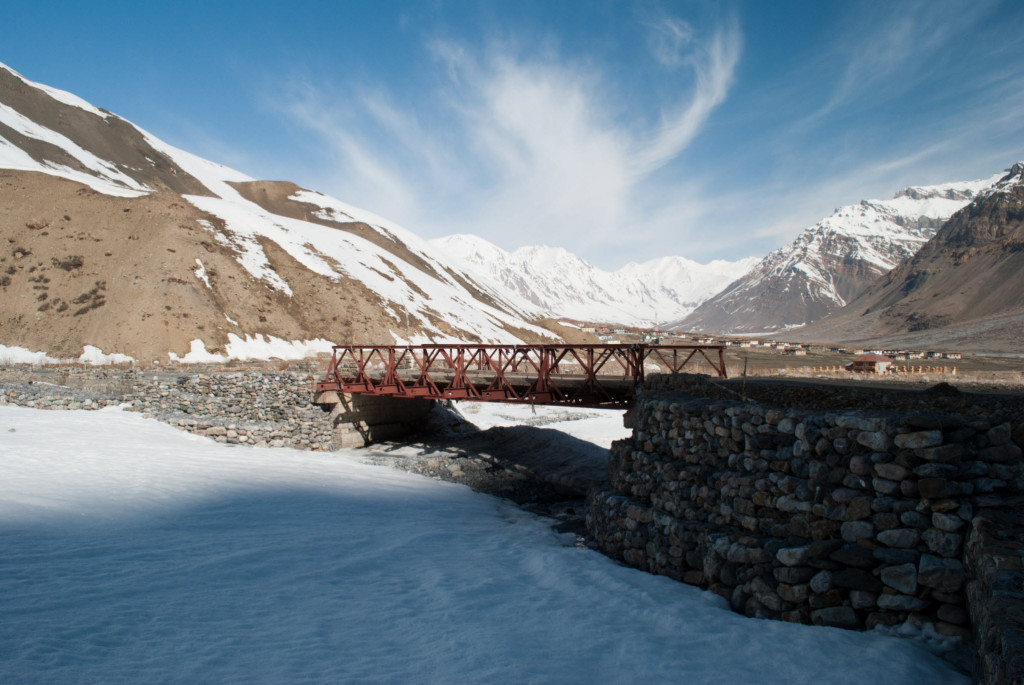
Losar Festival or Halda Festival
Losar, frequently known as Halda in the Lahaul region, marks the Tibetan New year. Celebrated in February, Losar is eminent for a lot of pomp and circumstance. Festivities are aplenty, with all monasteries partaking in the traditions, and one can witness ritual dances and vibrant imagery.
Spread over three days, the ceremonies comprise of the synchronized chaam dance, with dancers wearing intricate outfits and masks. Very similar to the Hindu festival of Diwali, the Tibetan touch derives more meaning into the entire affair. Lamas decide the date for the festival after consultation with the Lunar Calendar. Naturally, a lot of religious activities such as prayers, debates, dances, and of course, food are available. Other places with strong Buddhist influence also celebrate this festival.
Lossar is also an extraordinary celebration, as it memorializes the assassination of the cruel Tibetan king, Lang Darma. During the period, members from local households step out with lighted cedar twigs nearby the Chandra and Bhaga rivers. Lamas assign the designated places for prayers. The branches are collected to form massive bases for the bonfire, which is then immersed into the rivers. On this festival, Shiskar Apa, people worship the goddess of wealth, and the dancing continues for a couple of days.
Gothsi / Gochi Festival
A unique celebration of life, Gochi celebrates the son born into the family in the preceding year. Primarily celebrated in the Bhaga valley in February, villagers gather in the morning for prayers and festivities last into the wee hours of the night. The villagers share Chhaang (Local drink) to commemorate the occasion. Labdagpa, the village priest, worships God with a bow and an arrow. Lohars beat drums during the ceremony. Families visit village houses after offering their prayers and proceed to plan a large party. Celebrations last well into the night.
Another activity during the day is of token marriages of children below the age of six. To do so, children throw snowballs at each other, confirming their interest. It is a significant tradition in the villages of the region, deciding a suitor that will eventually marry.
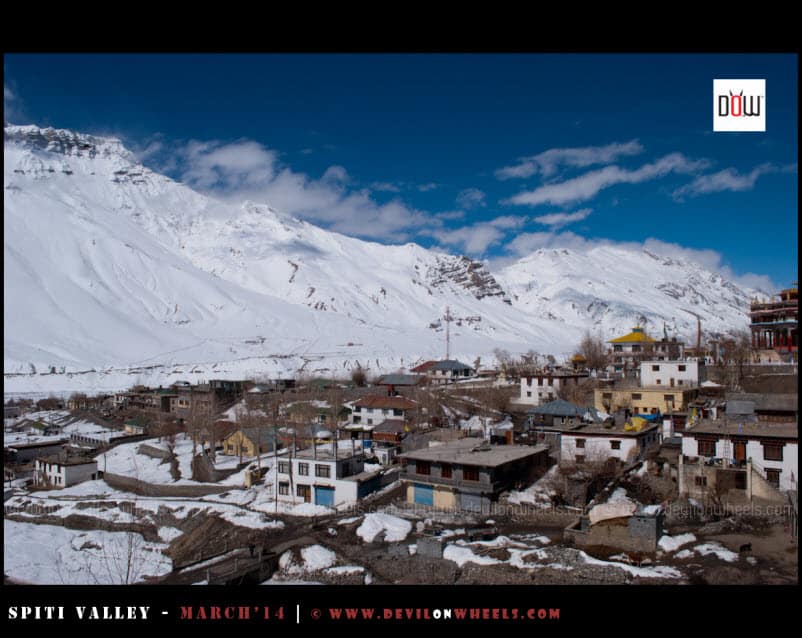
Fagli Festival
Fagli, also known as Kus or Kuns, is the most important festival of Pattan Valley. The festival falls a fortnight after Amavasya (Moonless Night), typically in the first half of February. The locals decorate their houses and light oil lamps. To represent an angel of the peak – SHIKHARA – APPA – sitting, lots of bamboo sticks are stacked 2 ft. High, known as Baraza and a white sheet, are draped around the set up lauded in jewelry and flowers.
Delicious dishes are placed before the Baraza along with burning incense. Religious preparations are offered in prayers to the deity and then distributed to the birds and crows in the morning. Further, the family members pay respects to their animals, signifying their gratitude and dependence on their flock. This festival continues for the remainder of the fortnight, with lots of feasts and celebrations.
April – August
April to August is the period of a lot of activity in the region. As the weather is beautiful, the spring and summer months represent trade. With tourism picking up, one can partake in a lot of activities to truly get a feel of the region!
Tsheshu Fair
Tsheshu Fair is celebrated in June in Shashur, Gemur, Kyi, Kardang Tabo, and Mane Monasteries. This festival serves the purpose of bonding villagers and reconnecting them with neighboring villages and hamlets after many months of winter hibernation and limited movement.
Indicating the end of summer, this fair is one of the most awaited ceremonies during the period, as it signifies increasing prosperity in times to come. Lamas (Artistes) partake in the Cham Dance (Dance of Death), in colorful costumes. The event involves performing cultural dances, wearing masks of birds, and animals from the region to invigorate the spirit of folks for the flourishing times ahead.
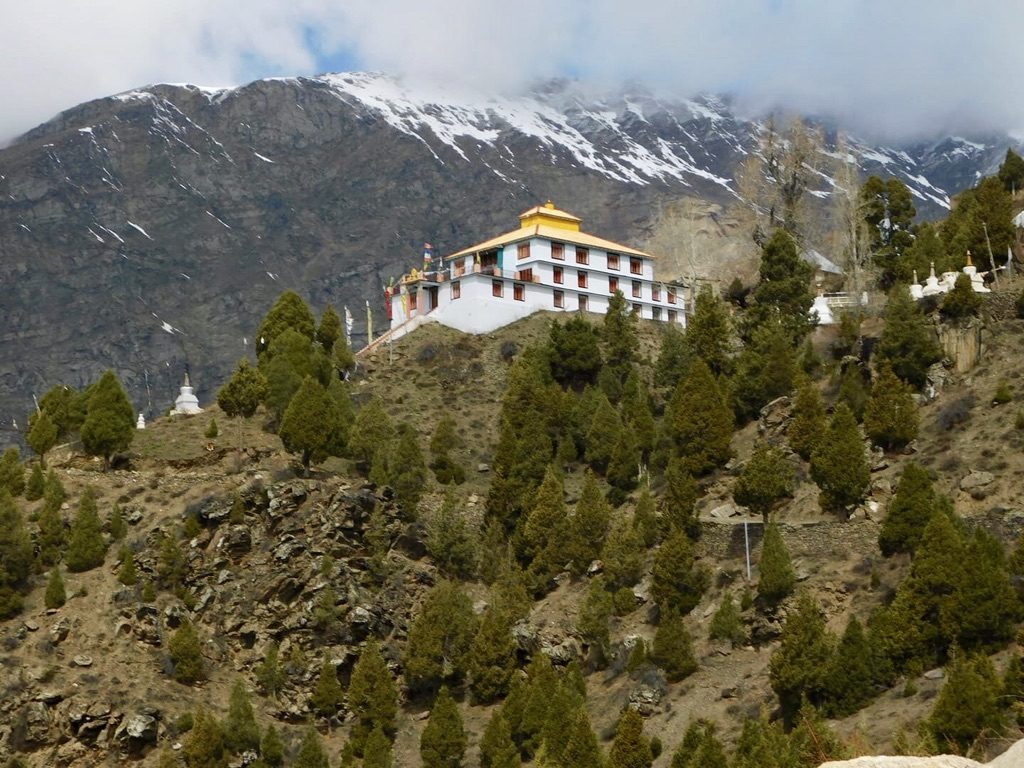
Ladarcha Festival and Fair
The most awaited festival of the year, Ladarcha festival (also La Darch) or fair essentially helps in reinforcing bonds of trades between Tibet and India. Hosting traders from all over the world, this fair was temporarily terminated in 1962 during the Indo-China War; however, it re-commenced in 1980. In yesterdays, this festival was celebrated in the Kibber Maidan in Spiti, usually in August. Here, the traders would flock from diverse regions of the hills, including Ladakh, Rampur, Busher, for bartering their produce and artifacts.
However, as the area is witnessing the closure of Tibetan Traders, the new location for the Ladarcha Fair is Kaza and is not celebrated in the 3rd week of August. Depicting a confluence of cultures of nearby areas of Kinnaur, Ladakh and of course Spiti; this fair has started witnessing a lot of footfall from merchants of the Indian plains as well, with artisans bringing about their prized produce for sale and exchange.
The central focus for the travelers stays firm with the Melody and Move exhibitions by performers of the Tibetan Institute of Performing Art, Bhutan, Ladakh, Sikkim, Kinnaur, and Nepal. Other highlights of the fair showcased include the Chaam and Bhushan dance along with Buddhist sermons as well as archery competitions. Ladarcha fair celebrates the culture of the region and provides an opportunity for all to understand the vibrancy of life in Himachal Pradesh.
Things for sale range from the expected – jewelry, utensils, gems, organic products, grains to the unexpected – animals including yaks and unadulterated blood steeds.
Tribal Fair – Keylong
Tribal fair at the headquarter of the Lahaul and Spiti district, Keylong, is celebrated around Independence day of India, from 14-16 August each year. Held at the Police Ground in Keylong, the fair features the best of the region, including folk dances, local music, including an incredible show of colors.
The fair has special significance in the valley as it brings about a lot of trade, but, even more so, because it connects the locals and provides a reason to celebrate. Thus, artists and cultural troupes are invited from Chandigarh, Dharamshala, Leh, Chamba, Kullu, Spiti in addition to local artists. The festival in the region is known as the Kumbh. All thanks to the massive gatherings of tourists from across the world.
Pauri Fair
Pauri (also known as Pori) fair is celebrated during the 3rd week of August every year. For the longest time, this festival has been the most prominent fair of the Lahaul Valley. Representations from the entire Himalayan terrain are present for this fair which combines the vibe of a pilgrimage and a festival!
From a religious standpoint, locals start the preparations a week before the event and start the festivities. Hindus pay respects to Triloknath (Shiva Lord of Three Worlds), while the Buddhists pray to Avalokiteshvara. The Mantra, OM MANI PADME HUM, is recited every morning and evening during the festival.
After completion of the rituals, the fair begins. Lots of temporary arrangements such as shops, stalls, etc. are established. Once the evening moon sets in, pilgrims dance in a huge circle to folk songs. On the second day of the fair, a procession occurs, which is headed by the Thakur of Triloknath, riding on a decorated horse, leading up to the spring area where one of seven gods of Triloknath had appeared. After paying respects, the procession returns to the fairground for more festivities.
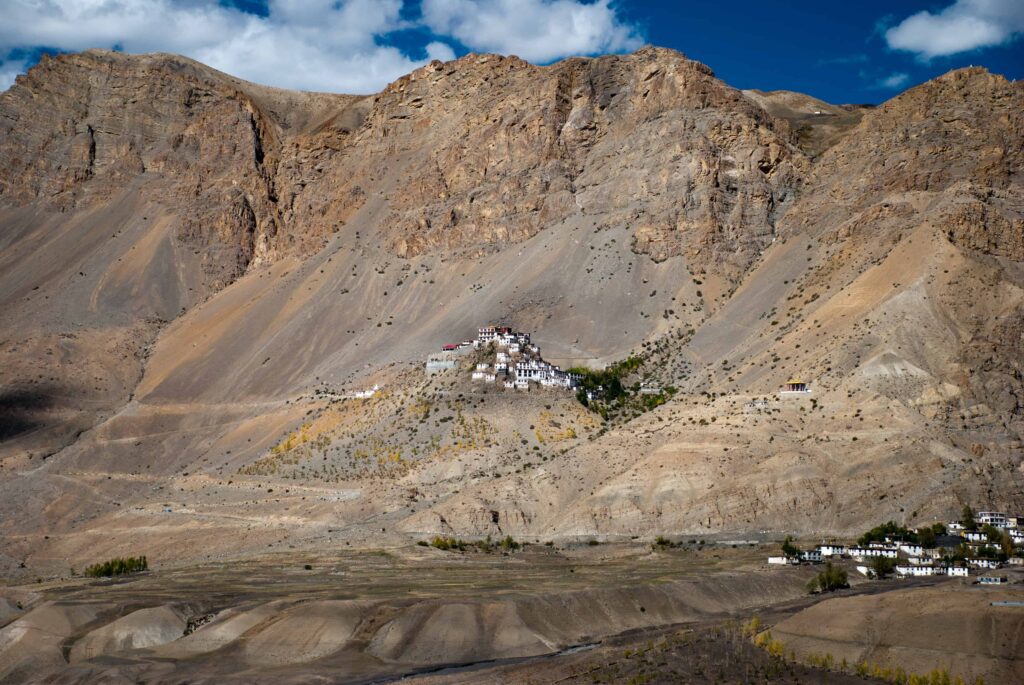
September to December
Here comes the change of season, a change in guard. With September, comes in snow and another phase of the year begins.
Gataur Mela
Every year, in the 4th week of September, Gator is celebrated. The Lamas conduct the worship of God Chaugayal succeeded by throwing saur into the fire while performing the Chham dance.
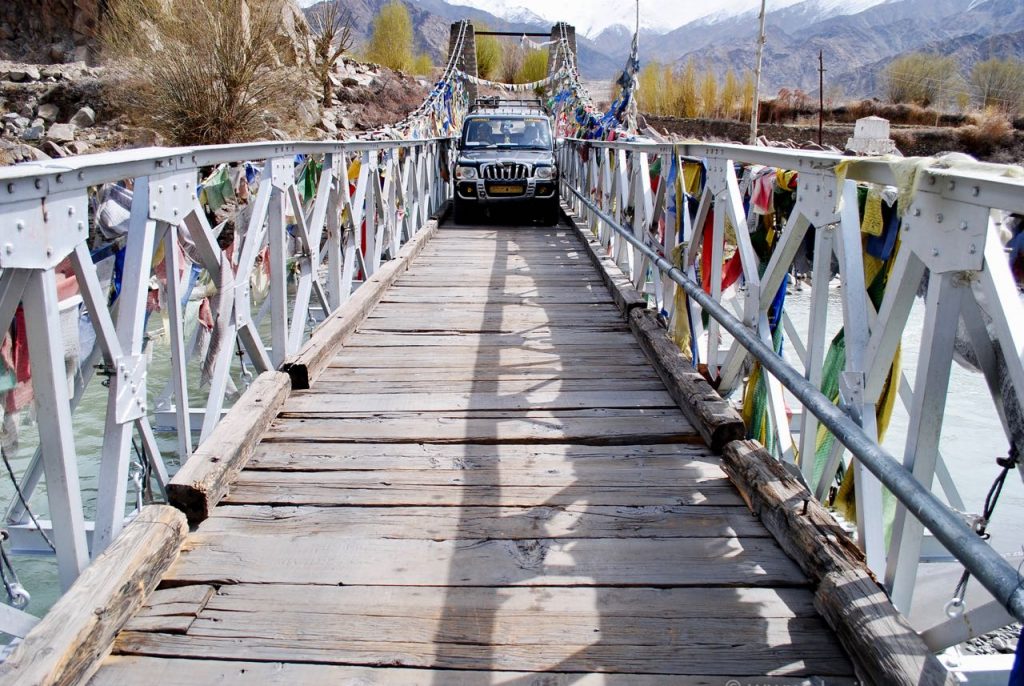
Chakhar Mela
Celebrated once every three years, Chakhar is witnessed at the same time as Gataur Mela in the last week of September. You can see Lamas worshiping Lord Chikchait for six days and throwing away the Chakhar in the fire on the 7th day. After this ritual Chham, a dance performance by Lamas happens.
Other Festivals
Apart from the above, other festivals and celebrations of the region include the following
Kungri Festival
Celebrated in Kungri Monastery in Pin Valley, Kungri Festival is quite interesting. Star attraction of this festival too is the Chham dance performed by the Lamas followed by a sword dance by the Buzhens of Mud Village on the banks of Pin River.
Kalachakra Festival at Key Monastery
Celebrated on a large scale when HH Dalai Lama gives a session on his teachings to the public, wherein HH Dalai Lama leads the path towards positive energies to help one experience life the Buddhist way.

Ki chaam festival
Ki Monastery is whirling with dances to pray to the gods to provide good fortune for the upcoming year during this festival. The days are filled with a lot of pomp and circumstance, and of course, Chhaam Dance is performed to pay homage.
Bhumskor
Celebrated in Lahaul, Bhumskor is a religious Agrigarian festival where the fields are blessed by the lama, and the ceremonies are held in honor of mother nature and respecting our dependency on the lands.
Conclusion
With a diverse and rich culture, the people of Spiti and Lahaul sure do know how to celebrate events and mark changes. Lots of cultural amalgamation pays respects to the traditional practices while also providing for a great telescope into the life of a resident.
Have a travel question?? You can subscribe to my YouTube channel and leave a comment to ask your travel questions about traveling to the Himalayas.
Have you been to Spiti Valley before? If so, any events stand out to you? Did we miss some vital information that might make the journeys of future travelers easy? Leave a comment below! I would love to hear from you.
If you know your friends or family are planning a trip to Spiti Valley or Lahaul Valley, do share this article with them to help them make a memorable trip.





